Amazing Total Solar Eclipse Photos Show 'Black Hole in the Sky'
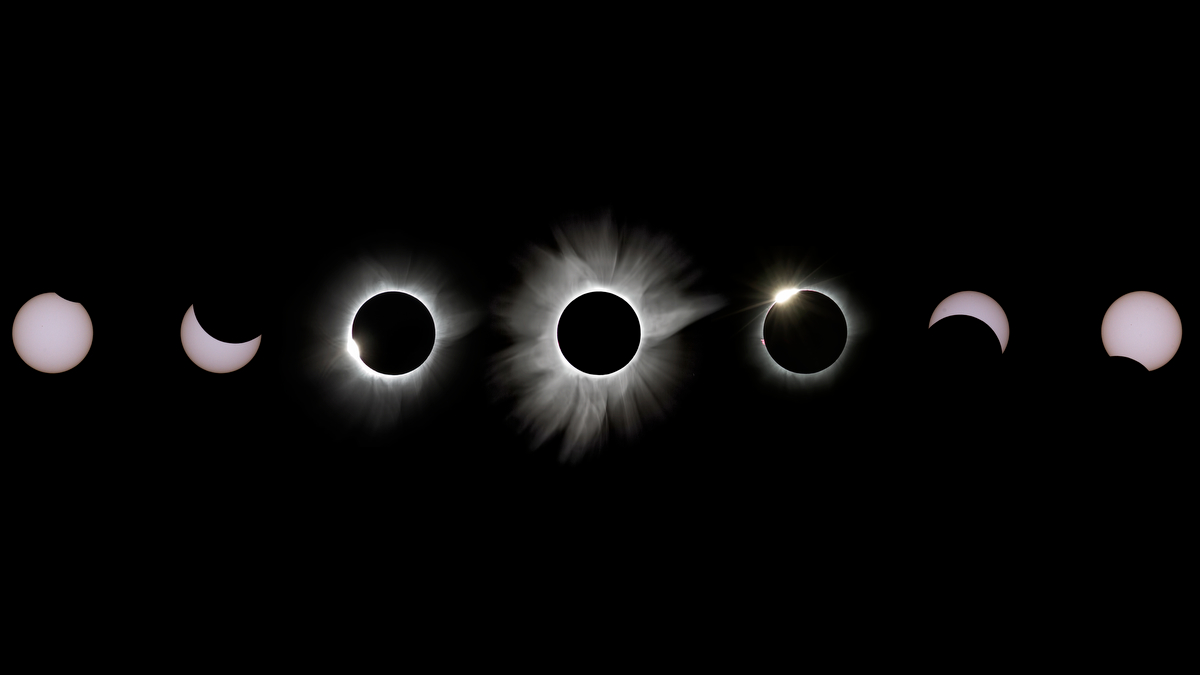
Photographers turned out in force to capture views of the spectacular total solar eclipse visible from Indonesia and across Southeast Asia Wednesday (March 9) — and their varied, beautiful images show the many faces of that celestial event. Here's a sampling of the amazing solar eclipse snapshots we found in our mail today.
NASA tracked the solar eclipse from Micronesia, capturing stunning video of the moon blocking the sun, and many other eclipse-chasers also had their cameras ready for the event. One veteran astrophotographer, Justin Ng of Singapore, put together an awesome collage of eclipse phases (below) from photographs he took in Palu, Indonesia, while leading a team of eight first-time eclipse photographers. It was Ng's first time as well, and the eclipse proved challenging compared to his usual night-sky targets. But the experience, he said, was unforgettable.
"Moments before the totality, I could feel the drastic change in temperature (it became cooler), and my guess would be at least a 5-7 degree Celsius [9 to 13 degrees F] difference," Ng said in an email. "During the totality, the scene turned darker, and I was able to see the sun's corona with my eyes! It's akin to seeing a 'black hole' in the sky, and everything was so surreal and unbelievable." Plus, Ng was able to spot Venus and Mercury during totality. [See more photos of the 2016 total solar eclipse]
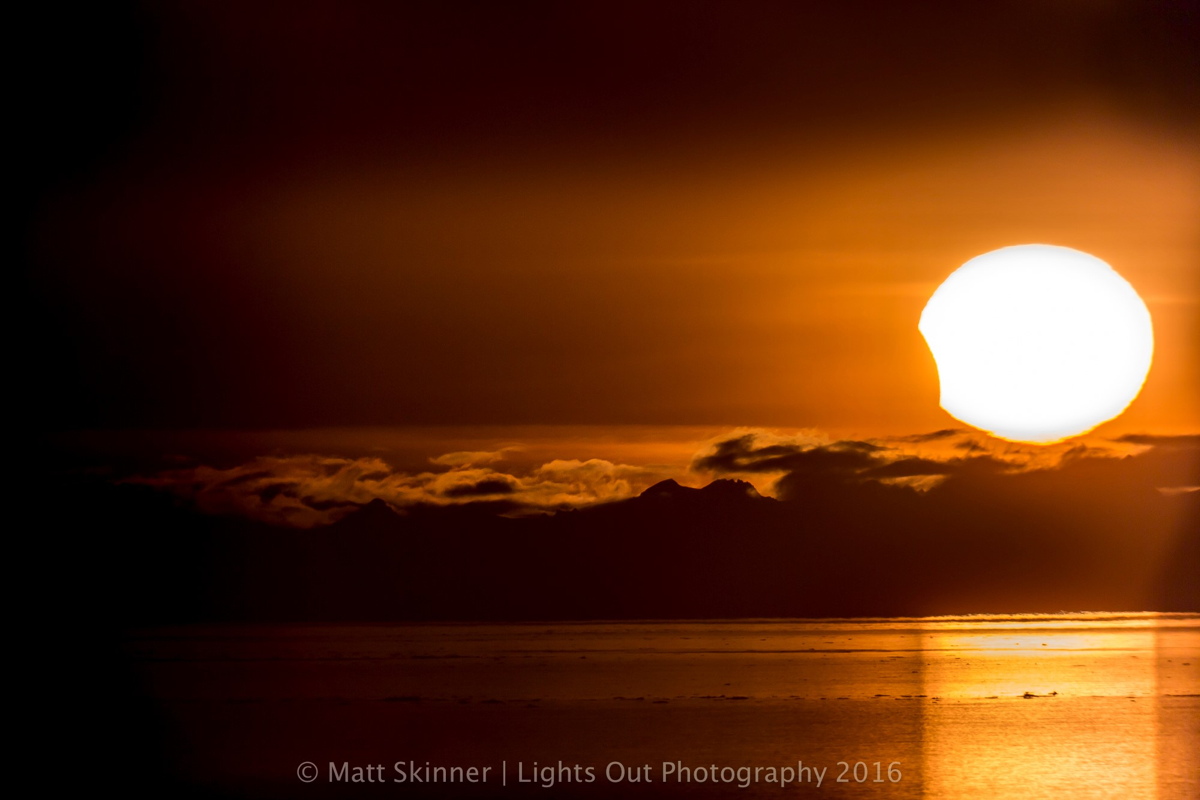
Matt Skinner wasn't in a location to see the total solar eclipse, but he managed to document the partial solar eclipse visible from Anchorage, Alaska. He was a first-time eclipse photographer as well, and it was actually the first time he managed to see an eclipse clearly at all.
"The clouds were thick throughout much of Anchorage, but I was lucky enough to find a spot where the sun showed itself for about 20 minutes or so," Skinner told Space.com in an email. "The mountains and the light refracting off of the water were bonuses for me, as I had only intended to capture the eclipse."
After his first eclipse experience, he's ready for more — particularly, the U.S.-spanning total solar eclipse coming up in August 2017, he said.
Get the Space.com Newsletter
Breaking space news, the latest updates on rocket launches, skywatching events and more!
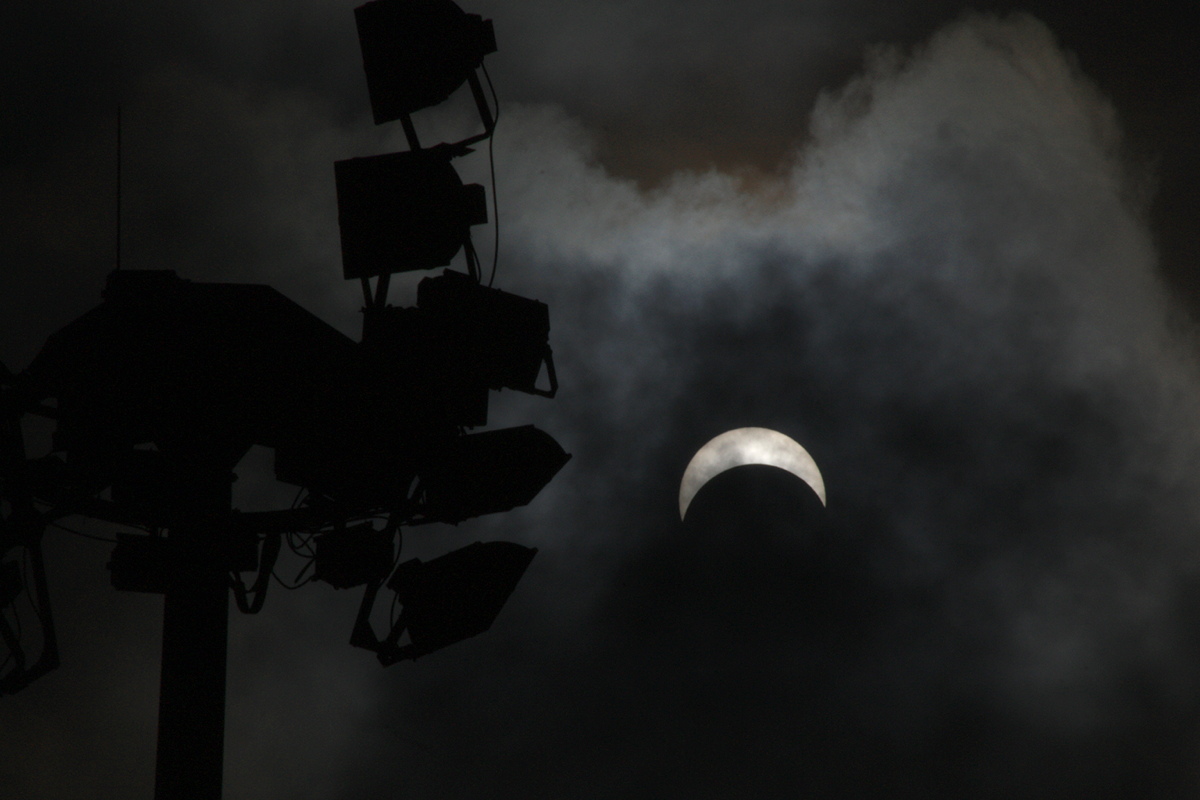
Akash Anandh snagged this shot with a telephoto lens on his camera, and also photographed the eclipse through a telescope that was available for viewing at the National University of Singapore, he told Space.com.
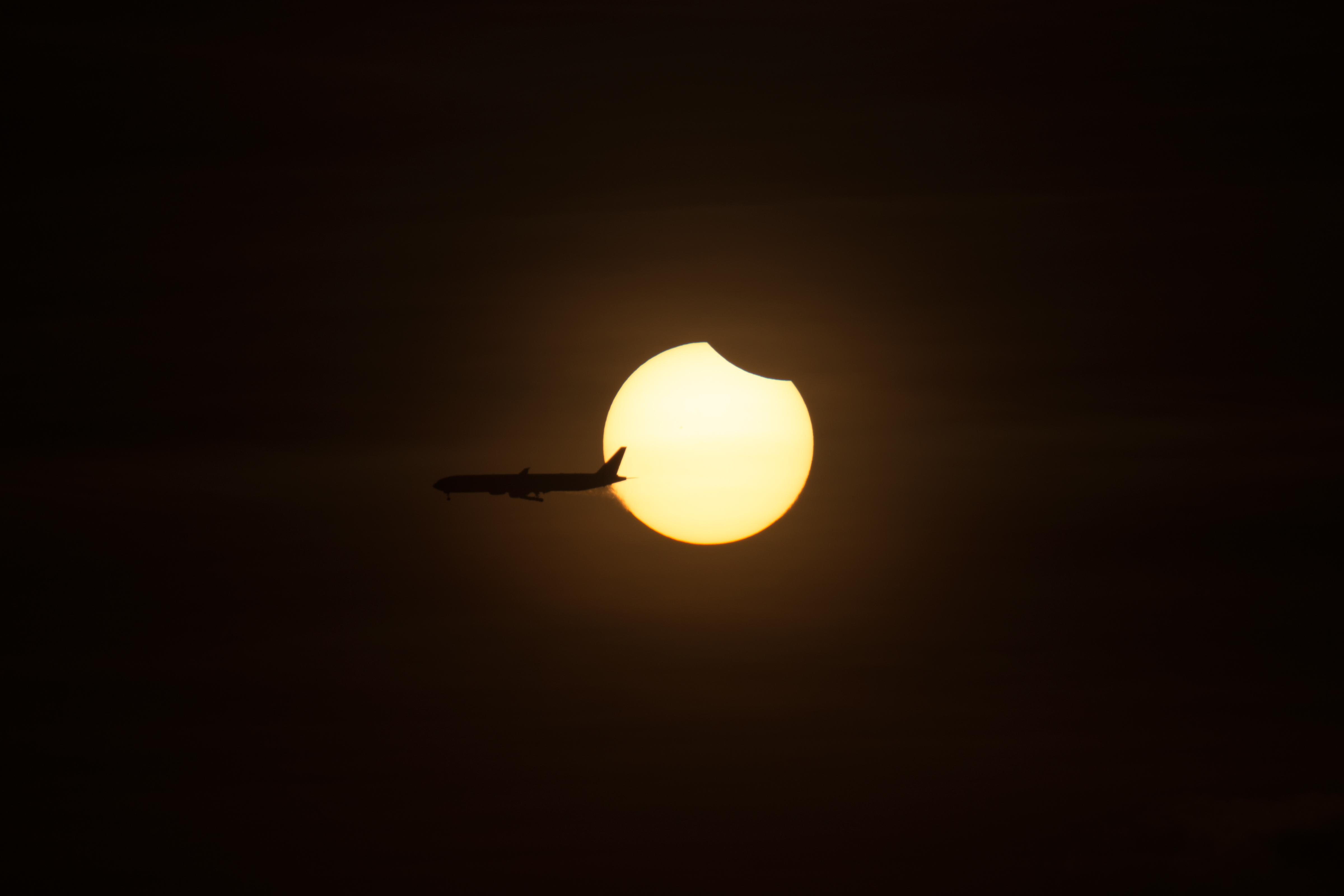
Vincent Tan (darthcryder) ran across the solar eclipse while on a photo walk with a friend, unexpectedly catching this beautiful view of an airplane in silhouette.
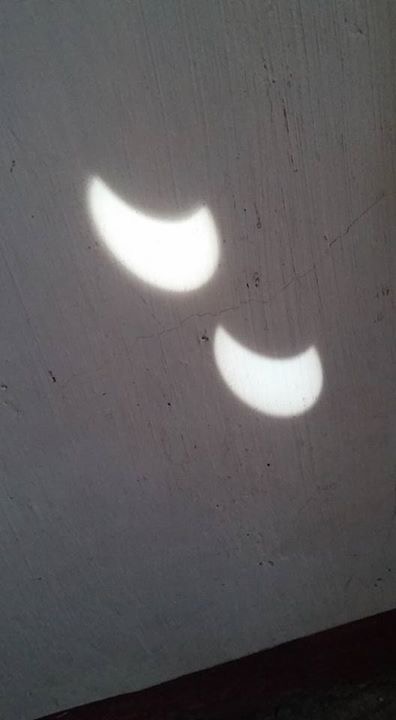
And Ben Ali Tolentino caught this view of the eclipse in projection from the Philippines.
NASA's Goddard Space Flight Center invited everyone to submit photos of the eclipse on Flickr, and highlighted some additional spectacular views.
Most of the United States missed a glimpse of this eclipse, but American readers can get ready to flex their astrophotography muscles next year, when a total solar eclipse will cross the United States and offer full or partial views nationwide.
Email Sarah Lewin at slewin@space.com or follow her @SarahExplains. Follow us @Spacedotcom, Facebook and Google+. Original article on Space.com.
Join our Space Forums to keep talking space on the latest missions, night sky and more! And if you have a news tip, correction or comment, let us know at: community@space.com.

Sarah Lewin started writing for Space.com in June of 2015 as a Staff Writer and became Associate Editor in 2019 . Her work has been featured by Scientific American, IEEE Spectrum, Quanta Magazine, Wired, The Scientist, Science Friday and WGBH's Inside NOVA. Sarah has an MA from NYU's Science, Health and Environmental Reporting Program and an AB in mathematics from Brown University. When not writing, reading or thinking about space, Sarah enjoys musical theatre and mathematical papercraft. She is currently Assistant News Editor at Scientific American. You can follow her on Twitter @SarahExplains.









